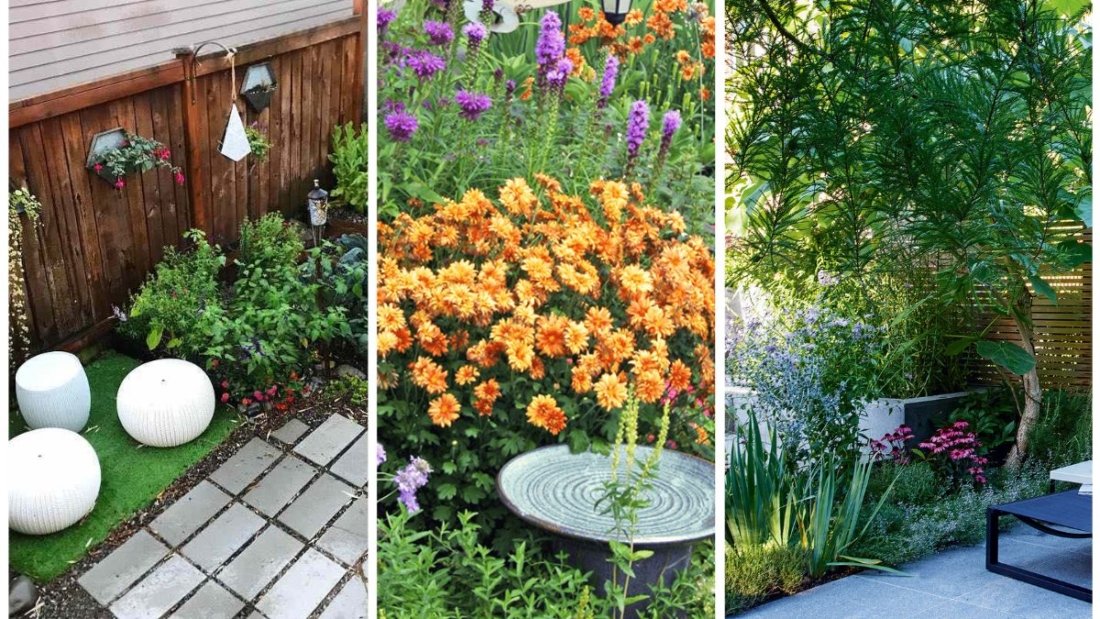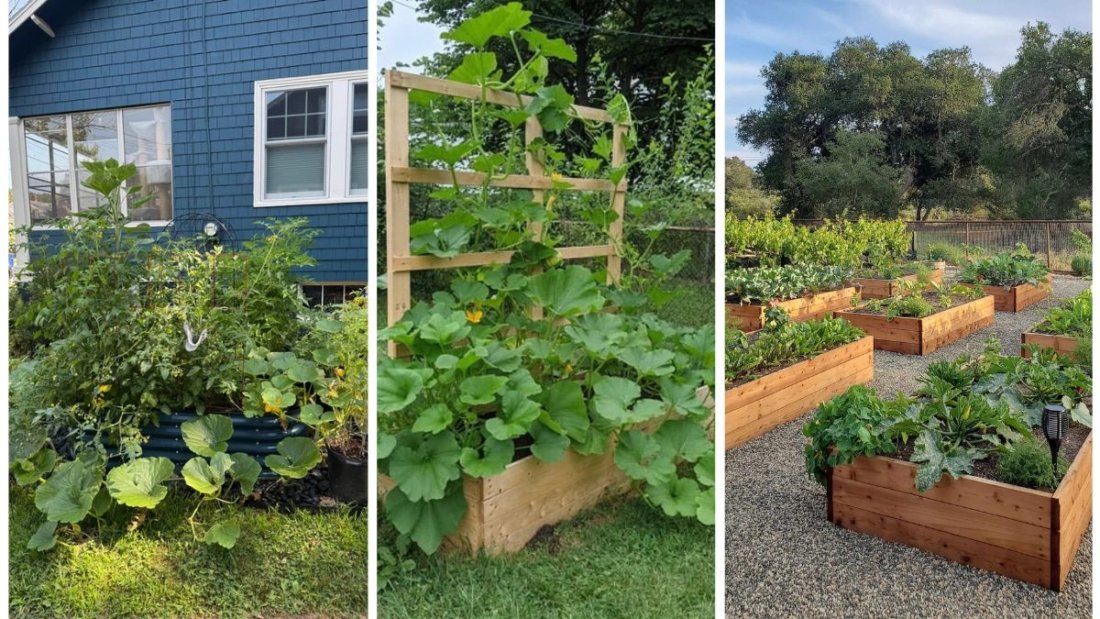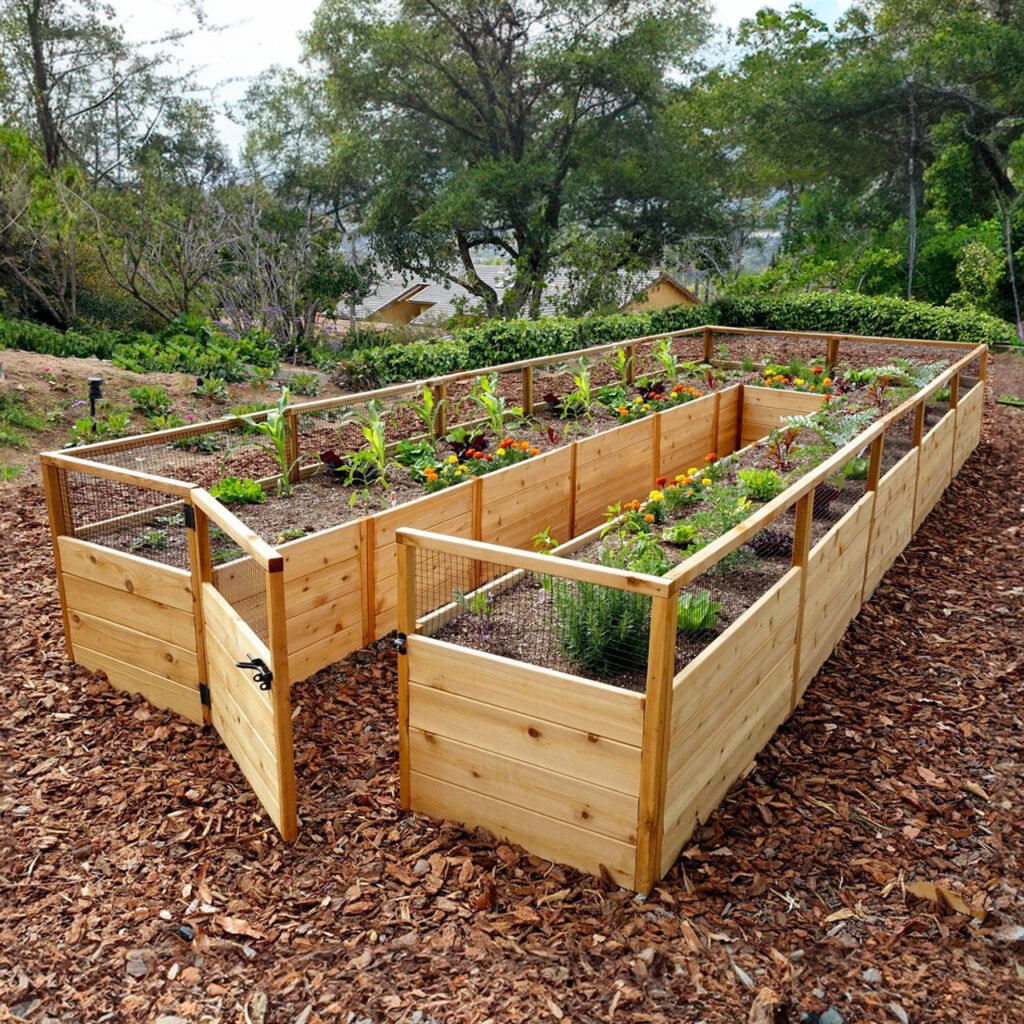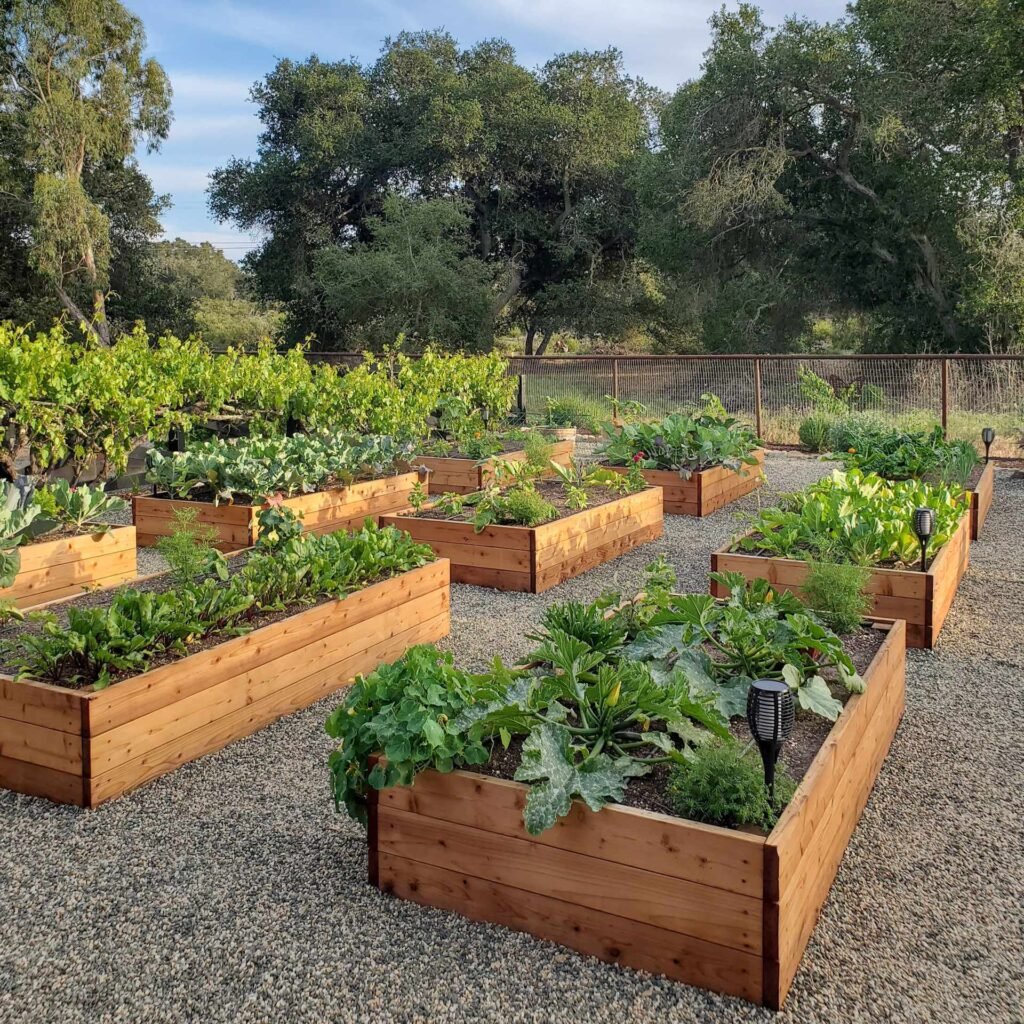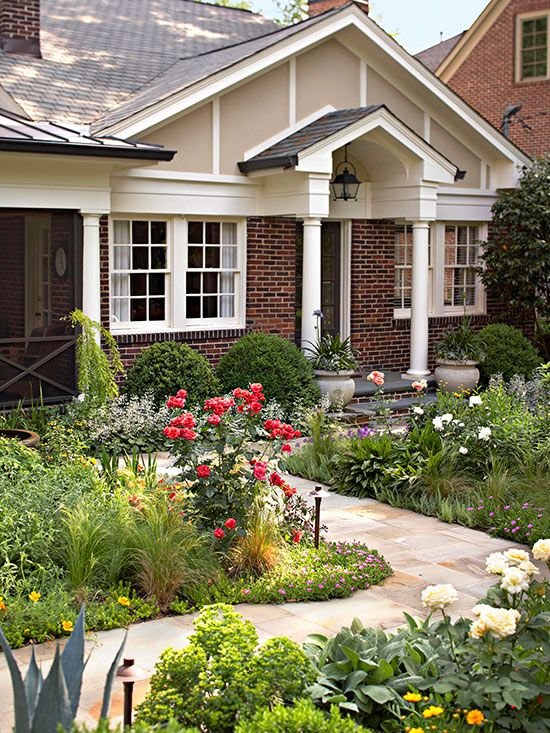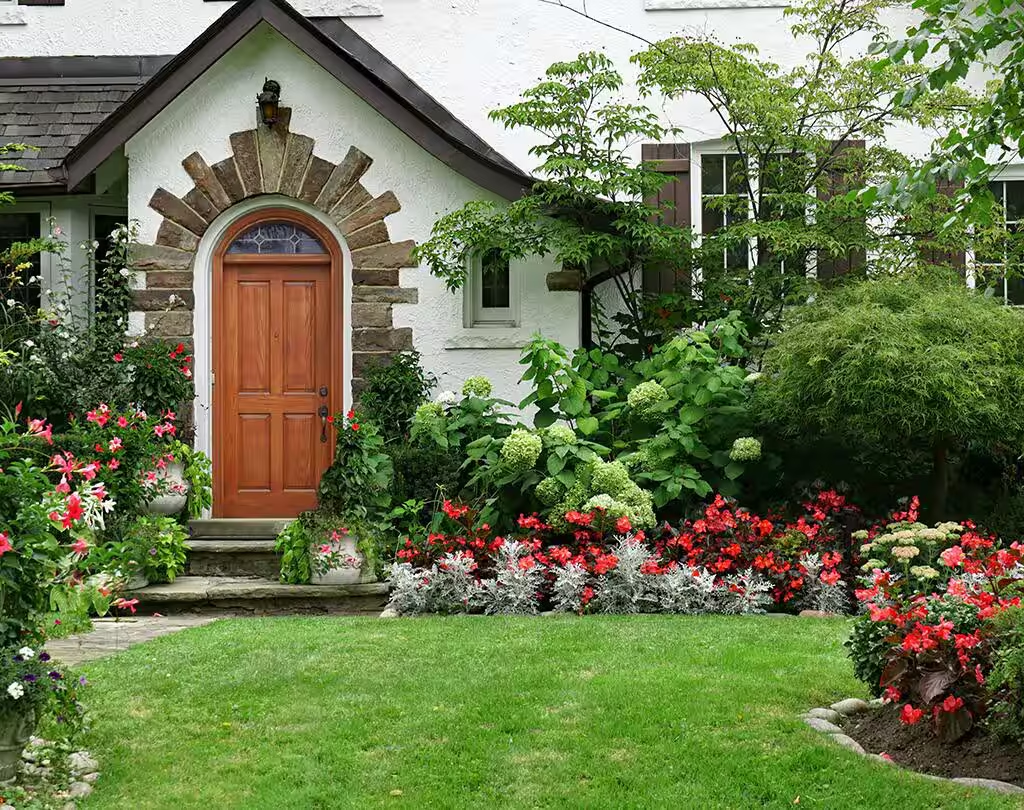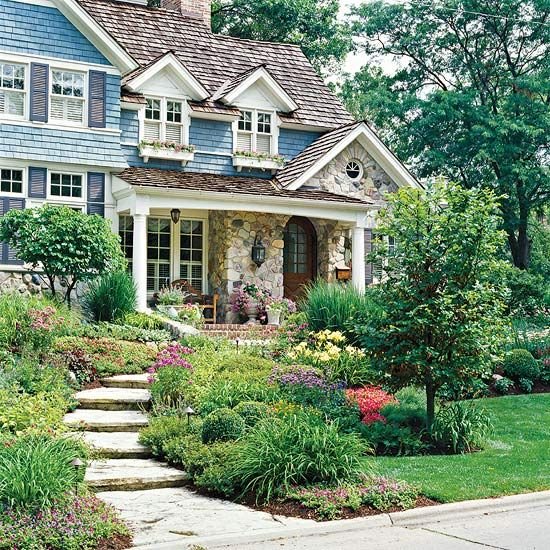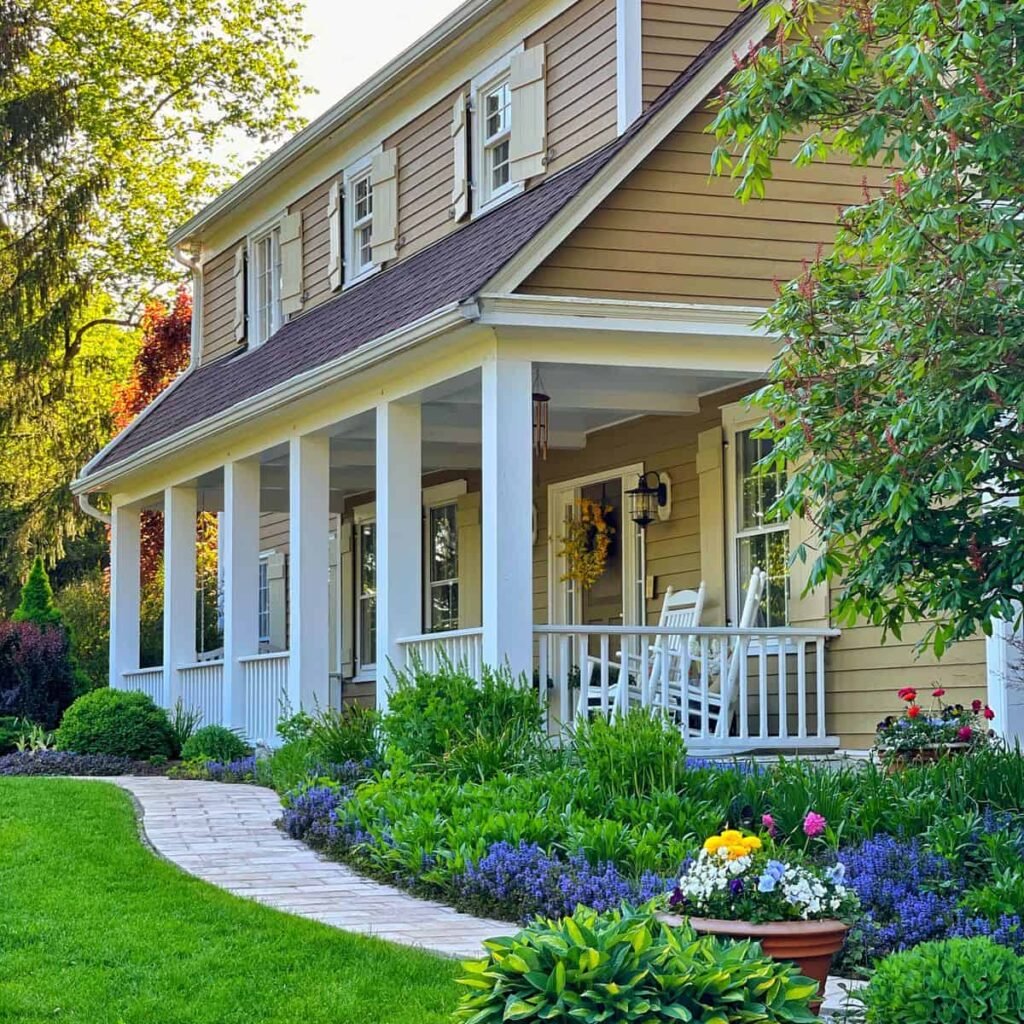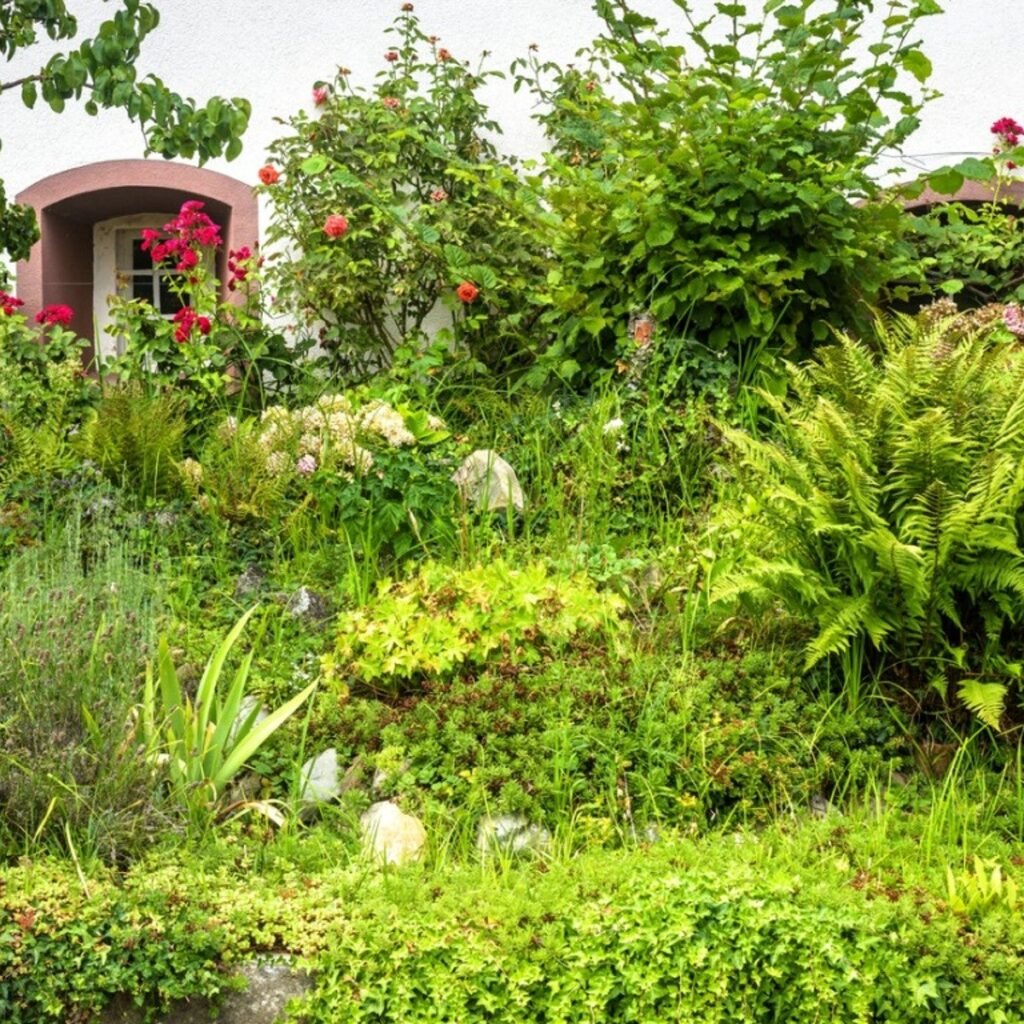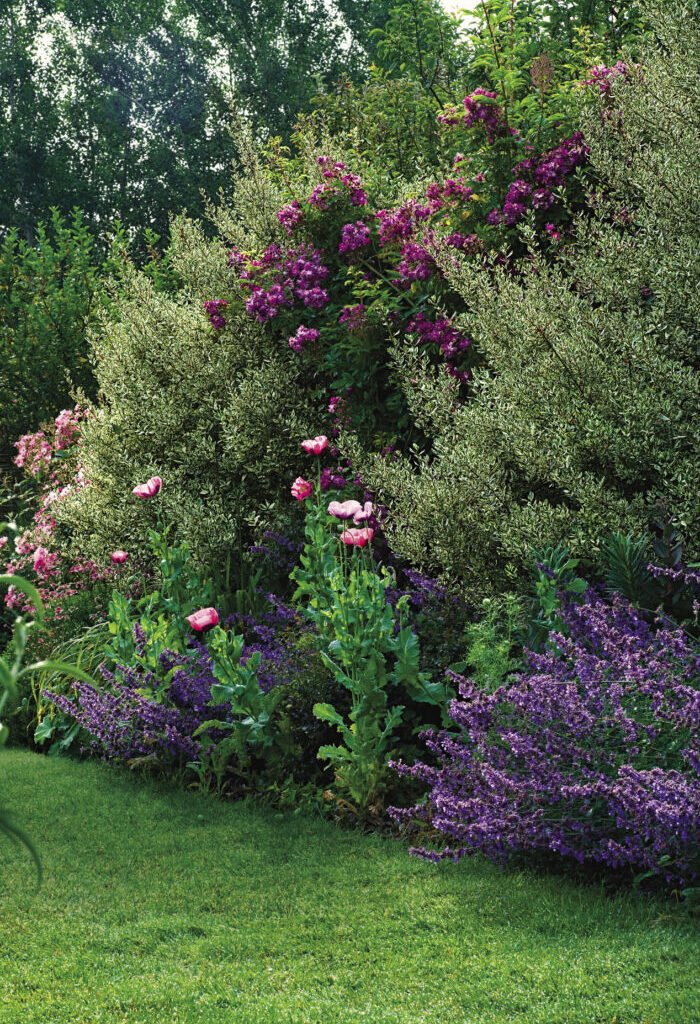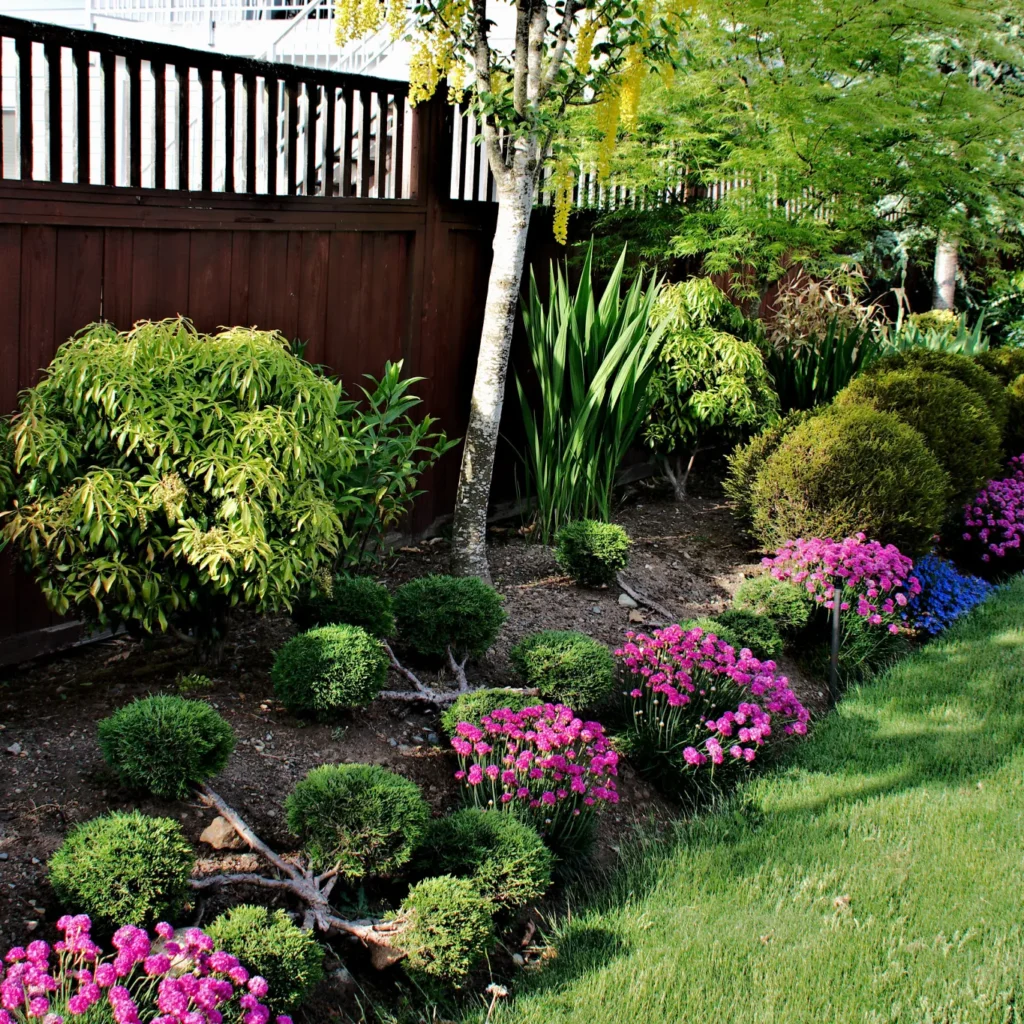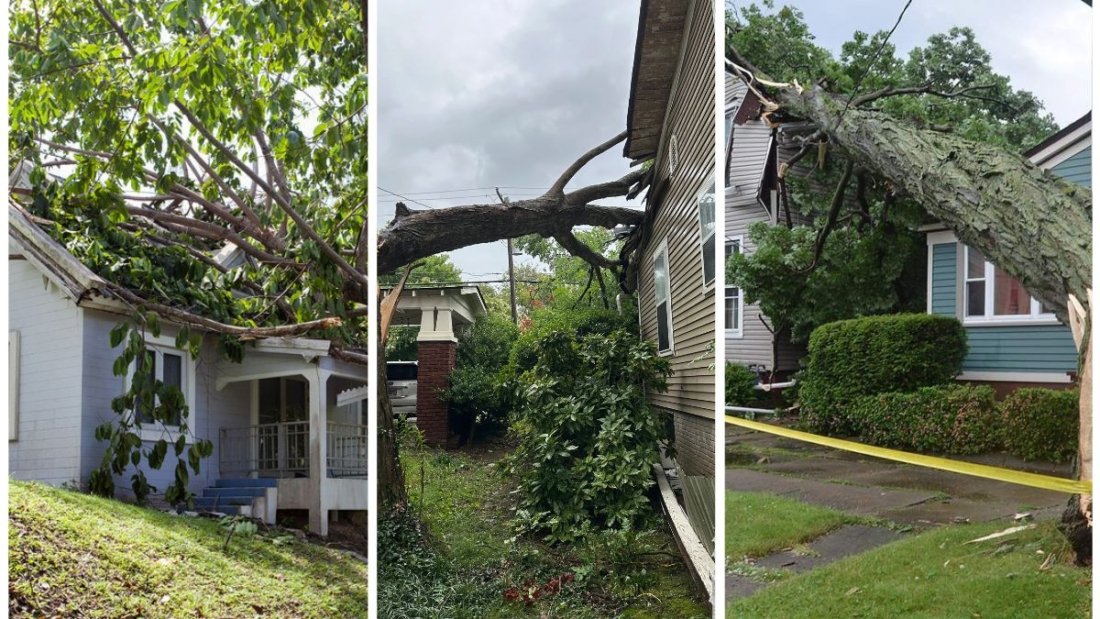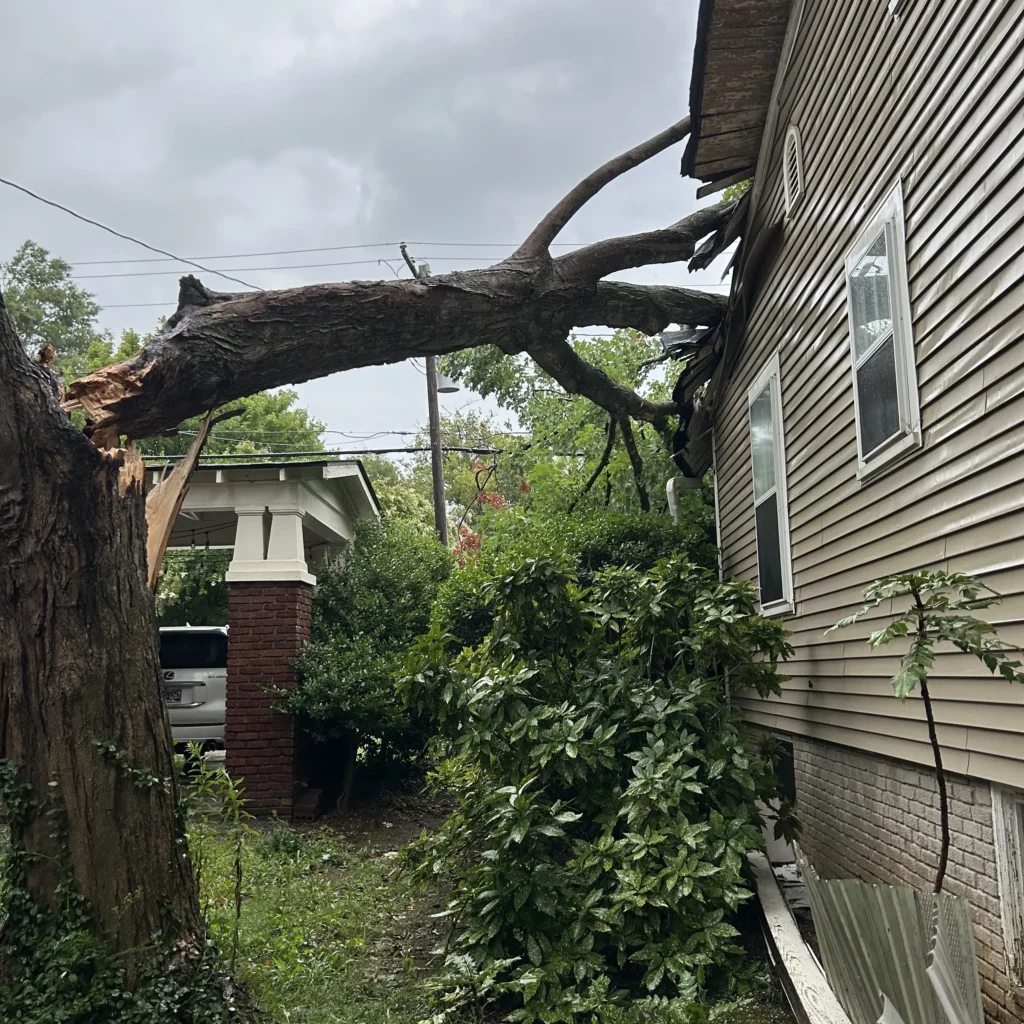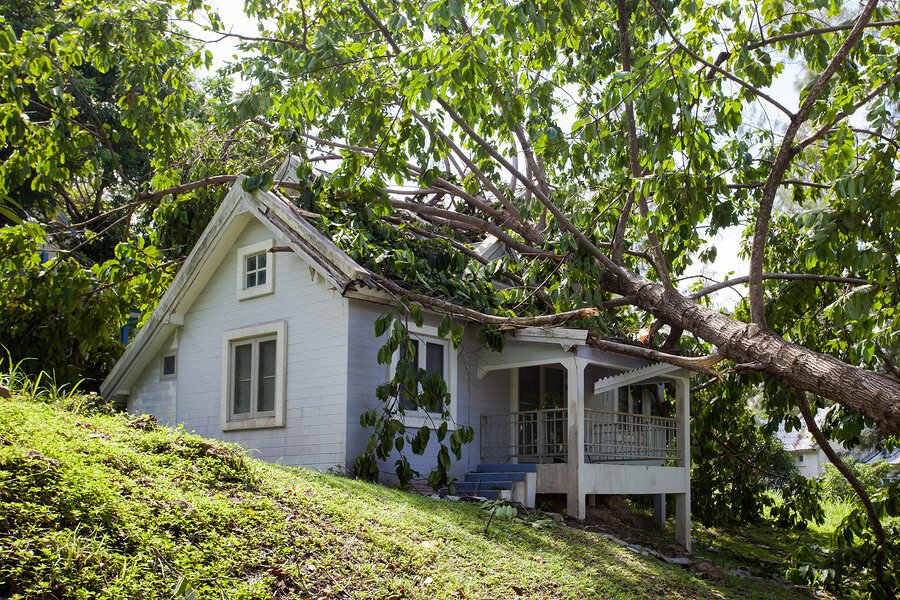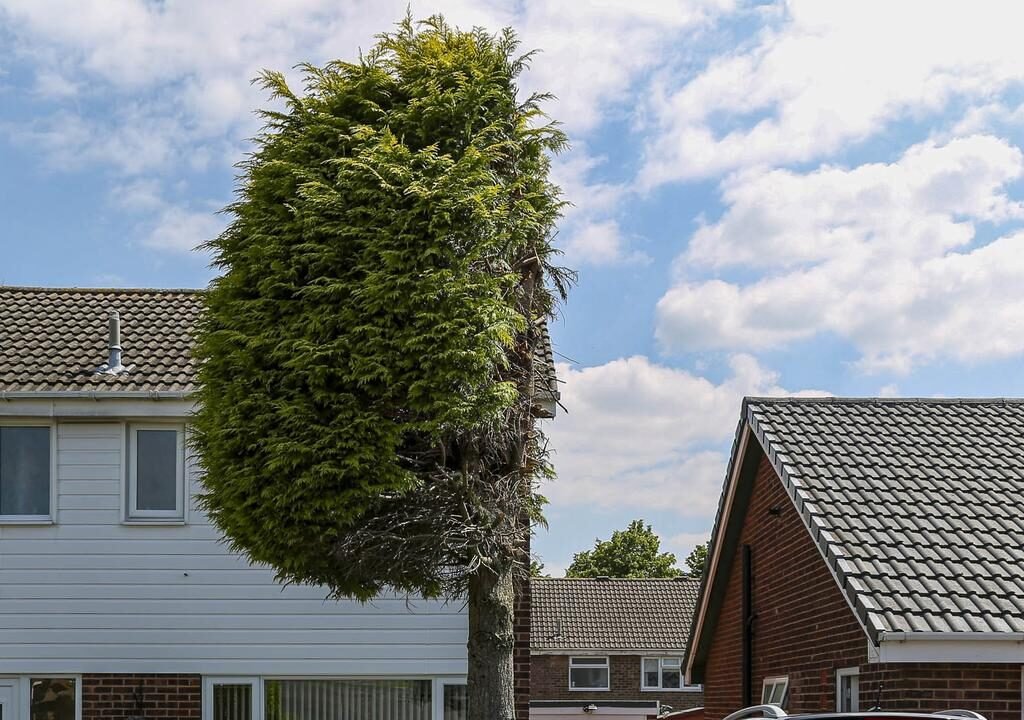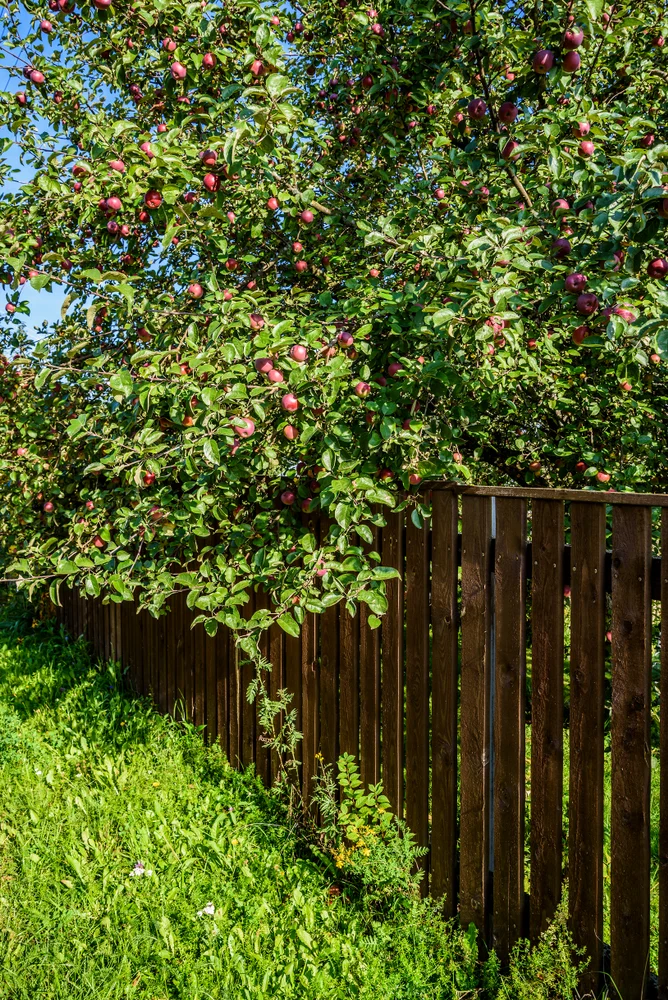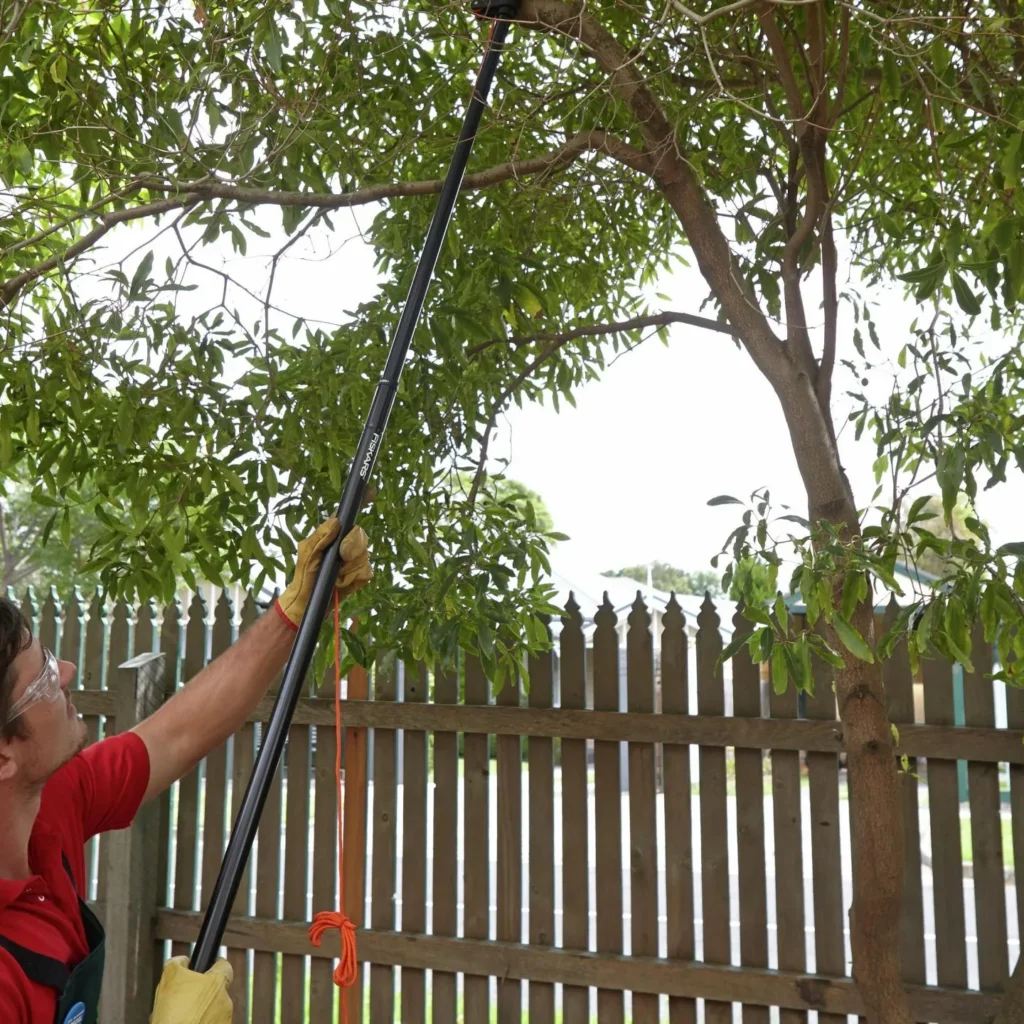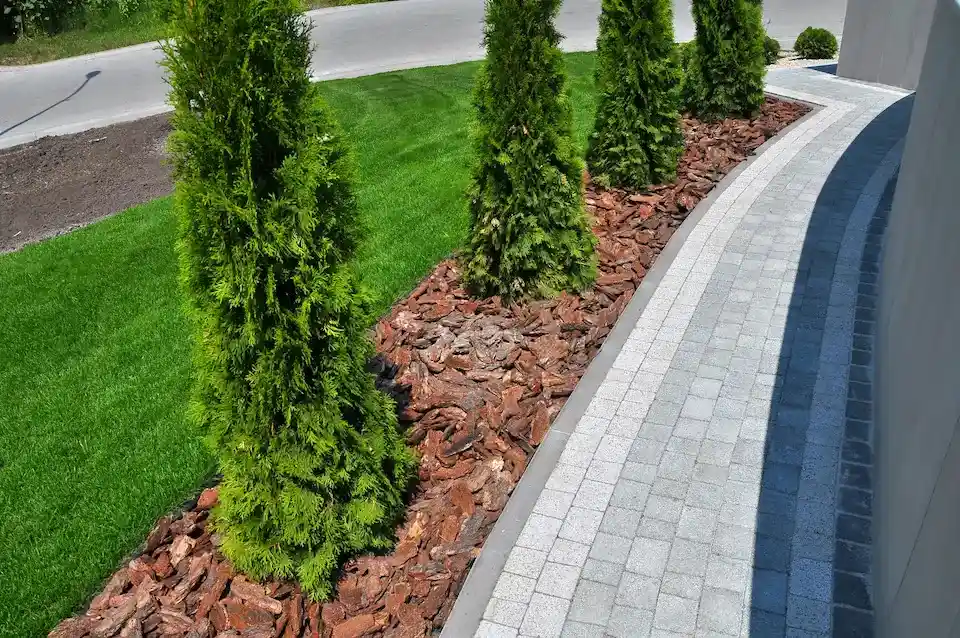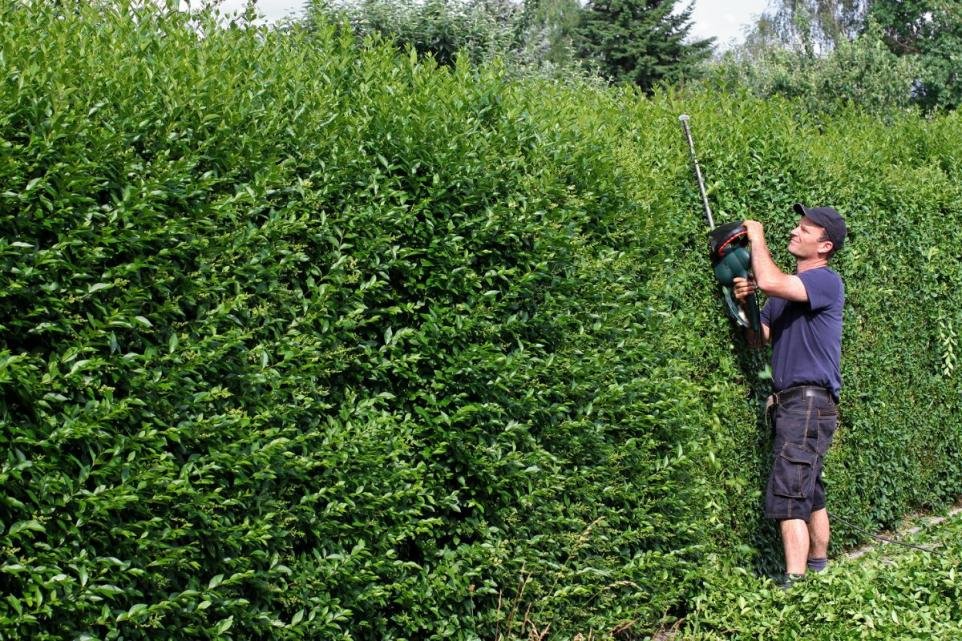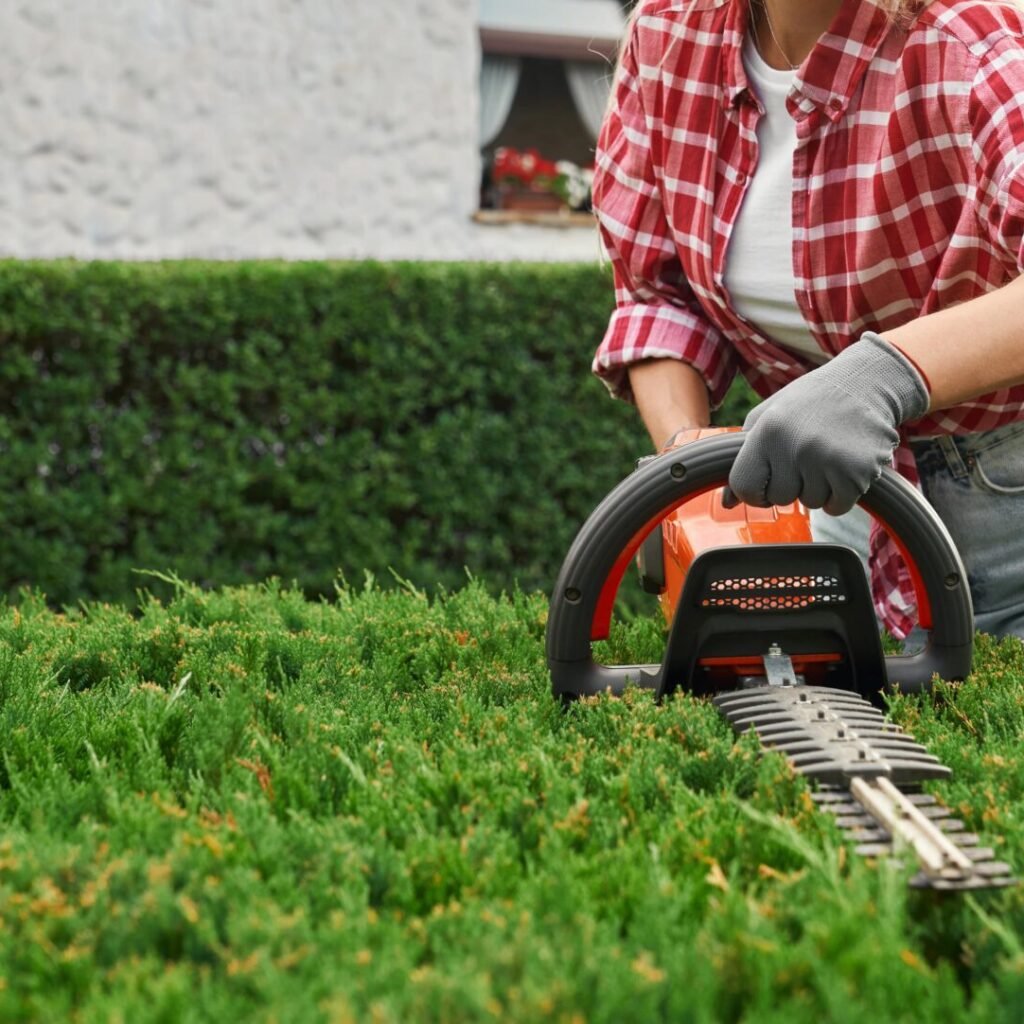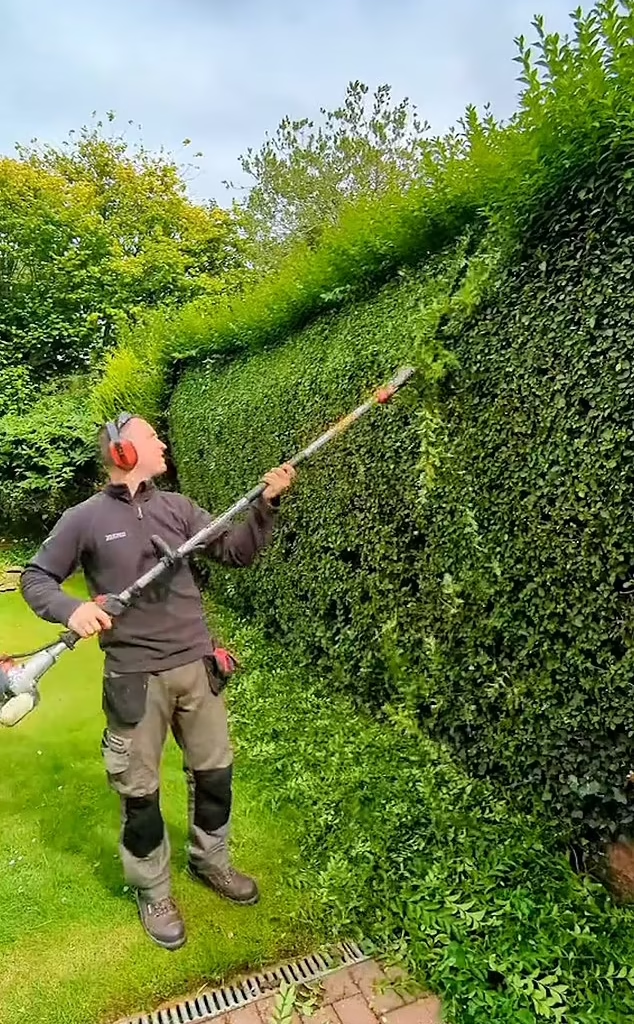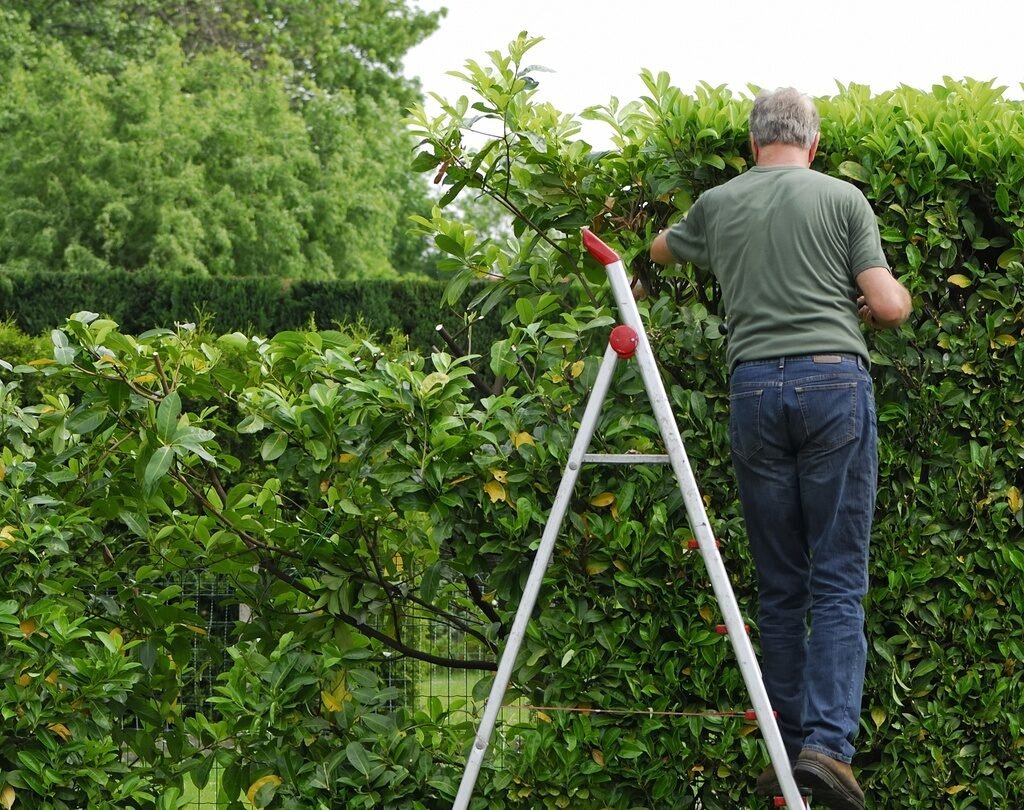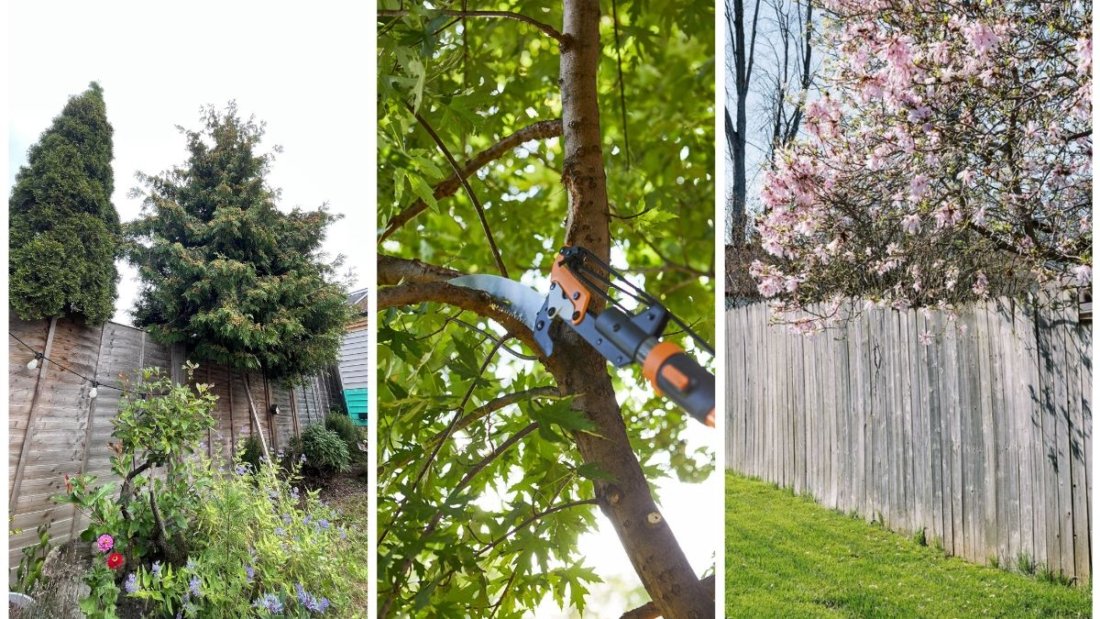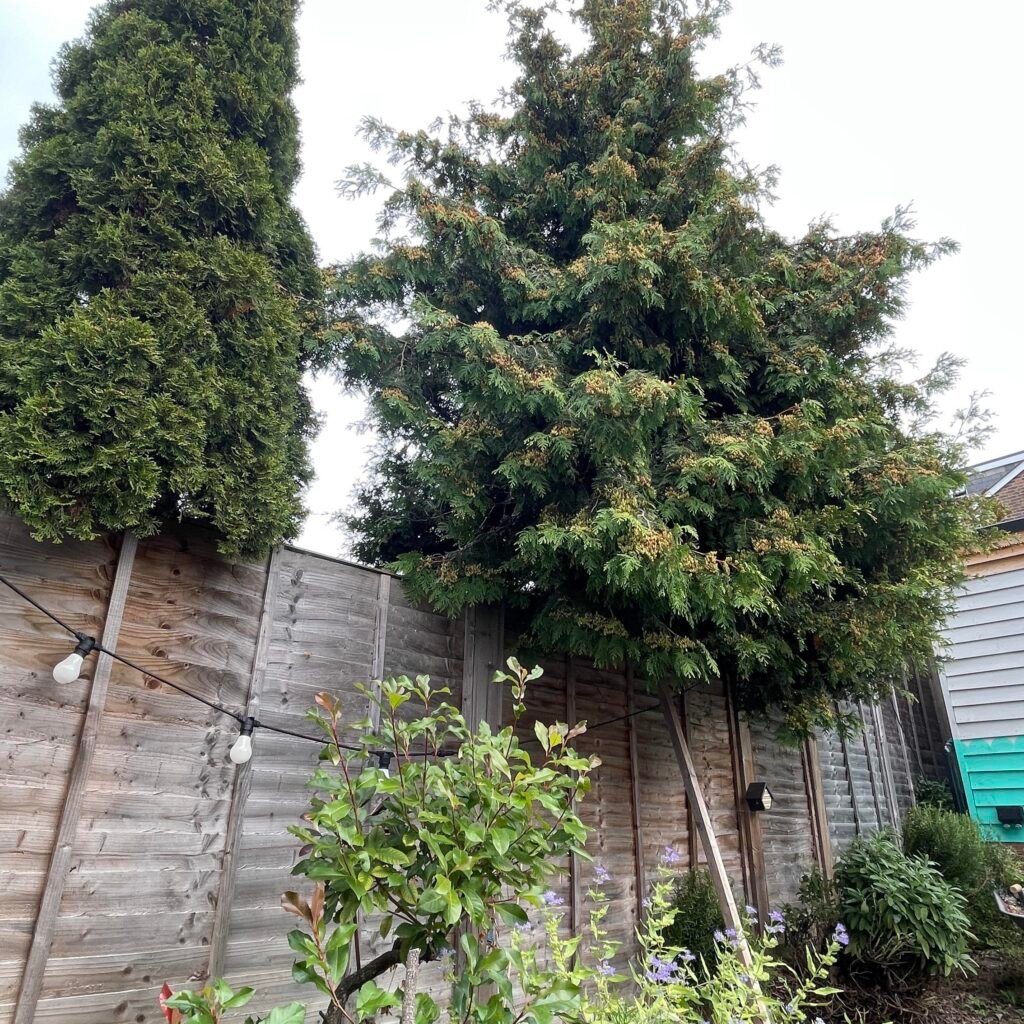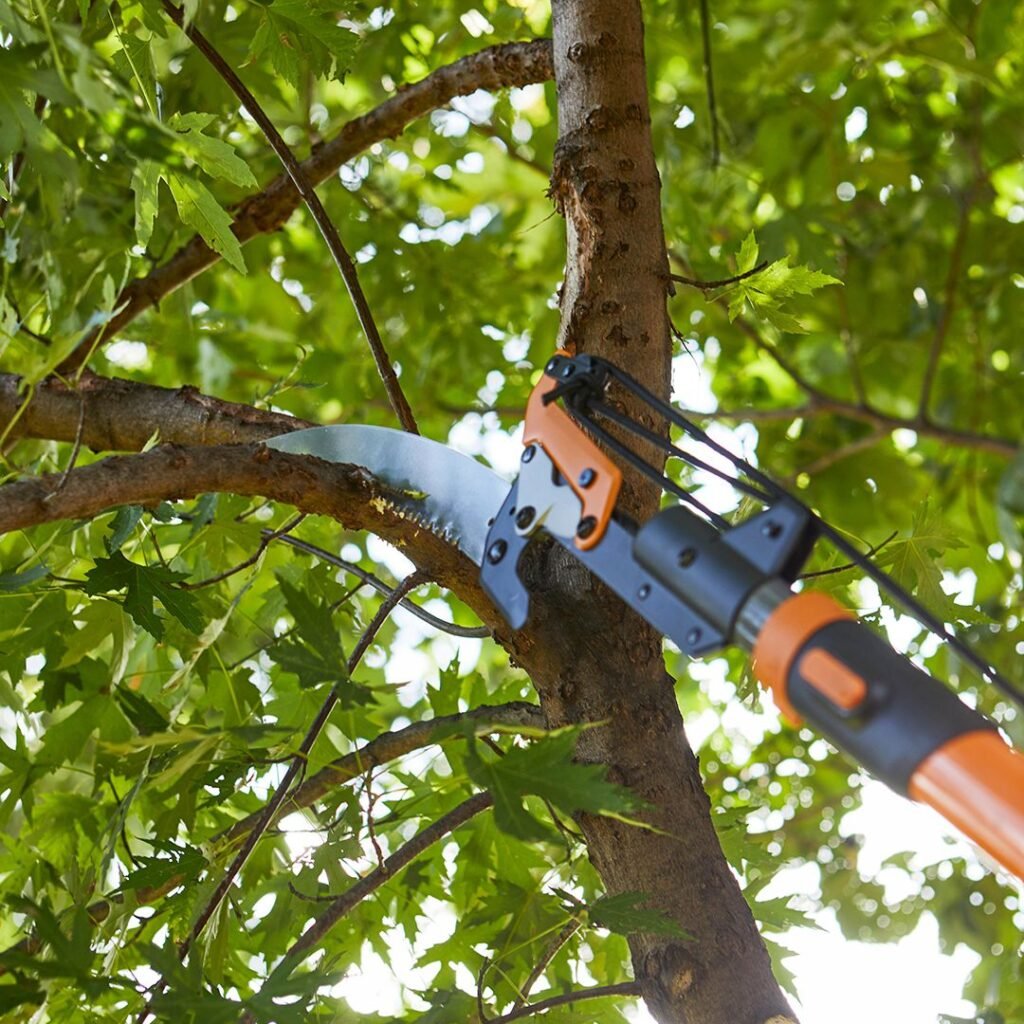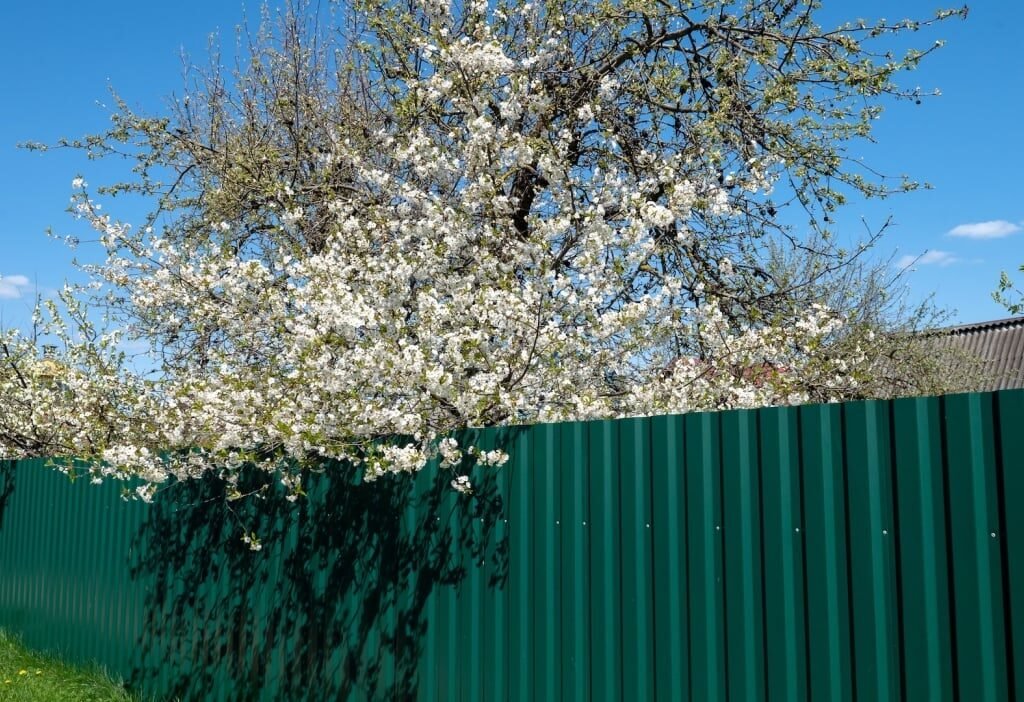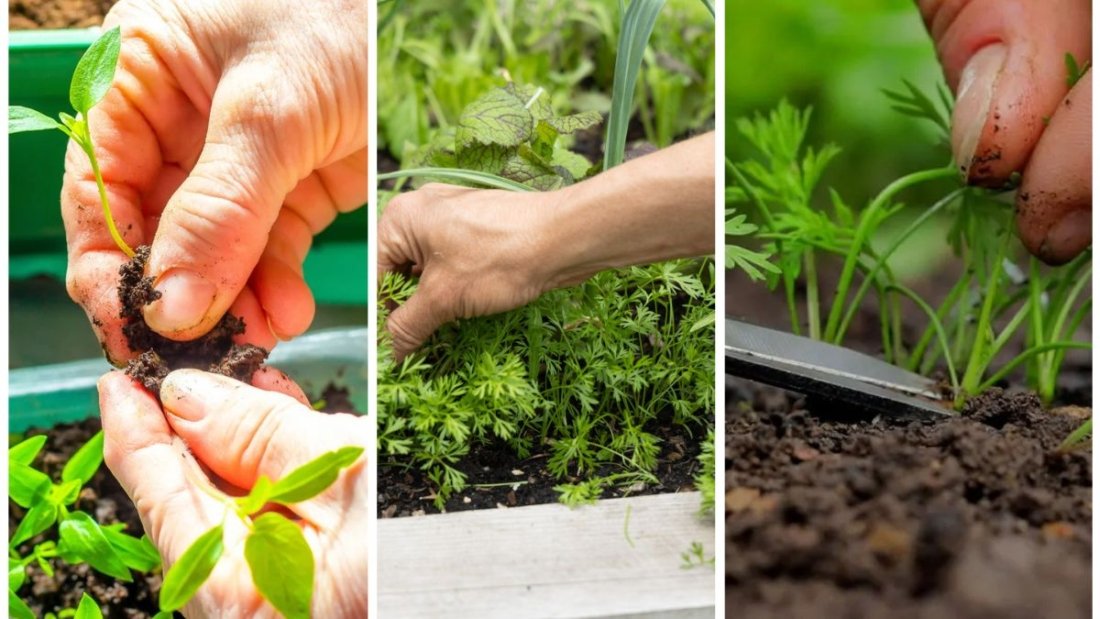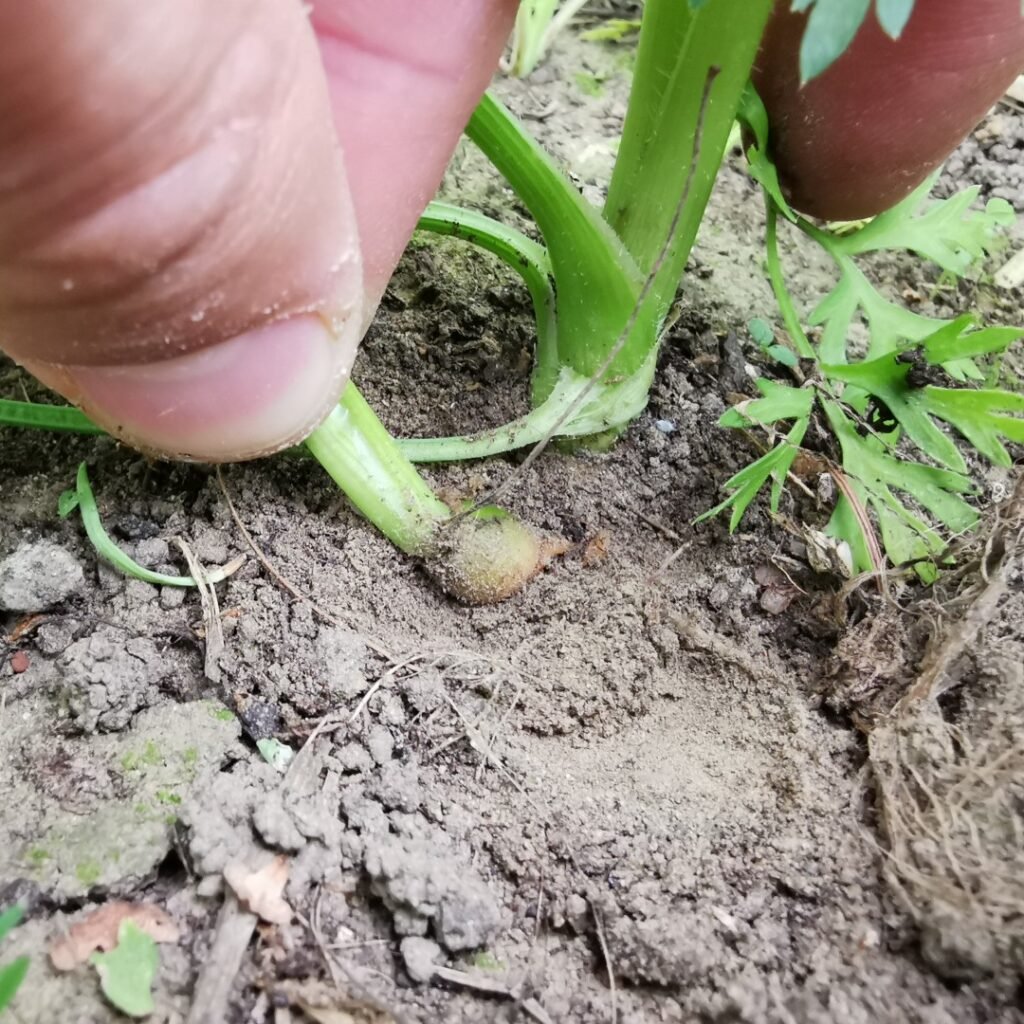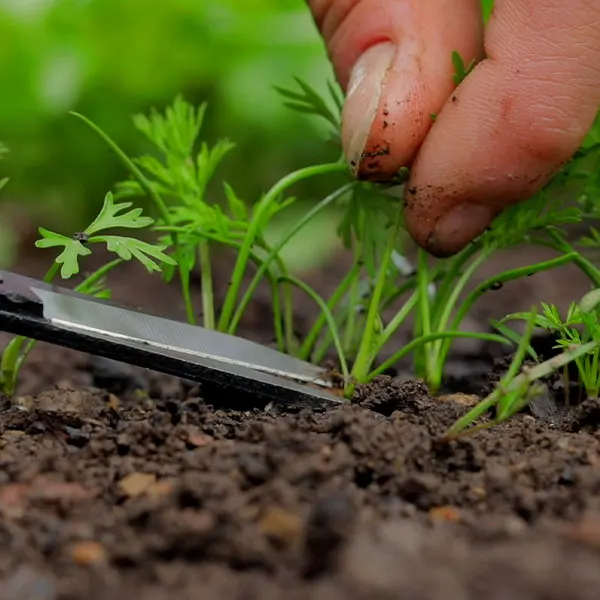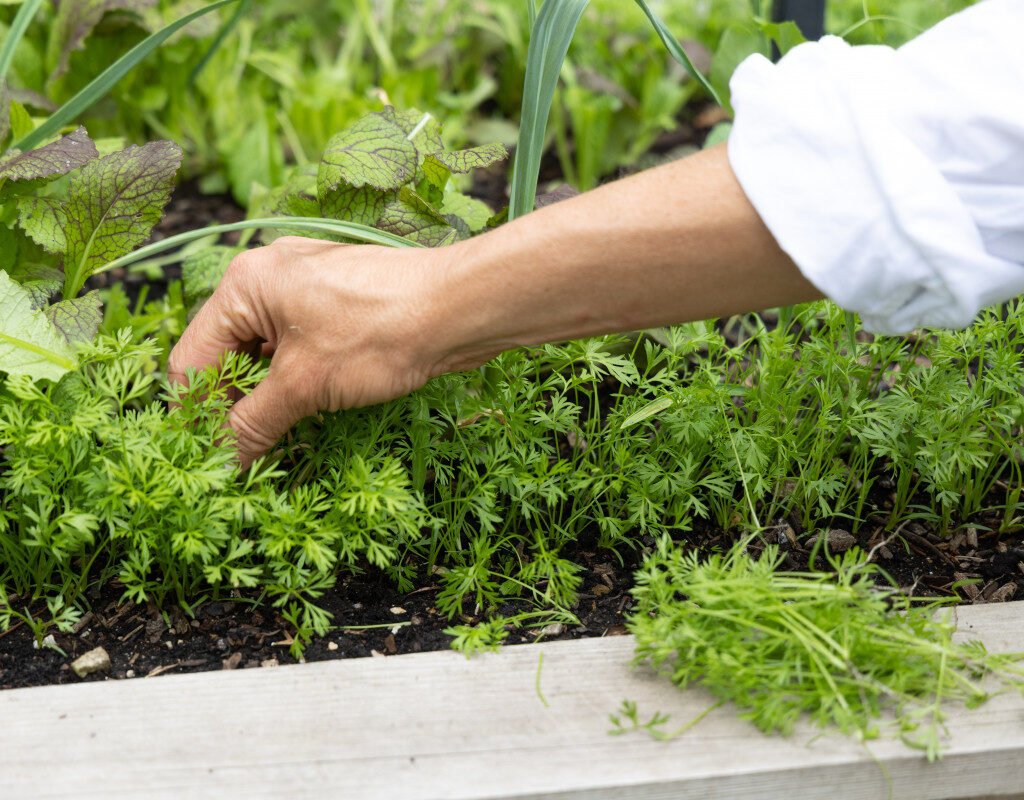A well-maintained garden is more than just an outdoor space—it’s a sanctuary, a personal retreat, and a statement of style. However, many homeowners and garden enthusiasts shy away from upgrading their garden spaces due to the perceived high costs. The truth is, creating a beautiful, functional garden doesn’t require a massive budget. With a few clever and cost-effective upgrades, you can transform your outdoor area into a vibrant, inviting oasis.
In this article, we explore five low-cost garden upgrades that deliver high visual and functional impact, suitable for homeowners, renters, and garden lovers alike. Whether you’re working with a small urban backyard or a larger rural garden, these tips are adaptable, sustainable, and budget-friendly.
1. Add Definition with Garden Edging
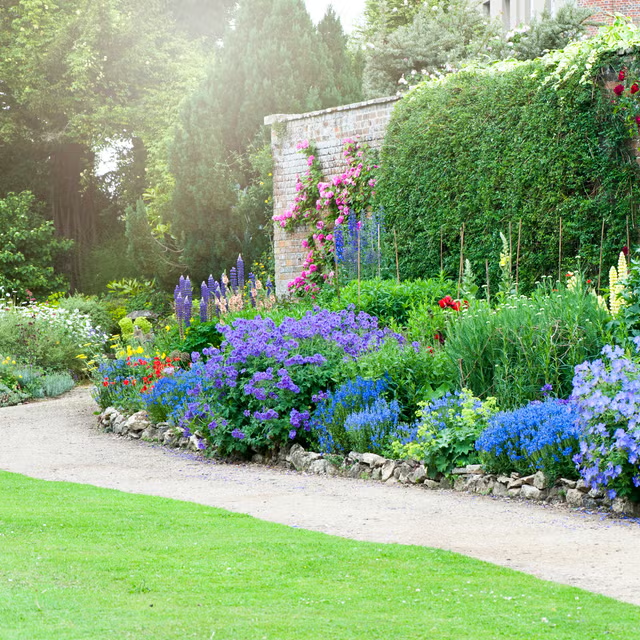
Estimated Cost: $20–$100
Impact Level: High Visual Appeal and Organization
Why It Works:
Garden edging is a subtle yet powerful design element. It defines borders between garden beds, lawns, and pathways, giving the garden a clean and organized appearance. When implemented well, it brings a professional touch to even the most basic outdoor spaces.
Budget-Friendly Materials:
- Recycled bricks or concrete blocks
- Natural logs or tree branches
- Flexible plastic or rubber edging
- DIY stone borders
Implementation Tips:
- Use a shovel to create a shallow trench before placing your edging material.
- For curved designs, choose flexible materials like rubber edging or cut logs.
- Combine edging with mulch or gravel to further reduce weed growth and improve drainage.
Bonus Tip:
Consider using reclaimed materials from demolition sites or recycling centers. Not only is this environmentally friendly, but it can significantly cut costs while adding rustic charm.
2. Incorporate Vertical Gardening
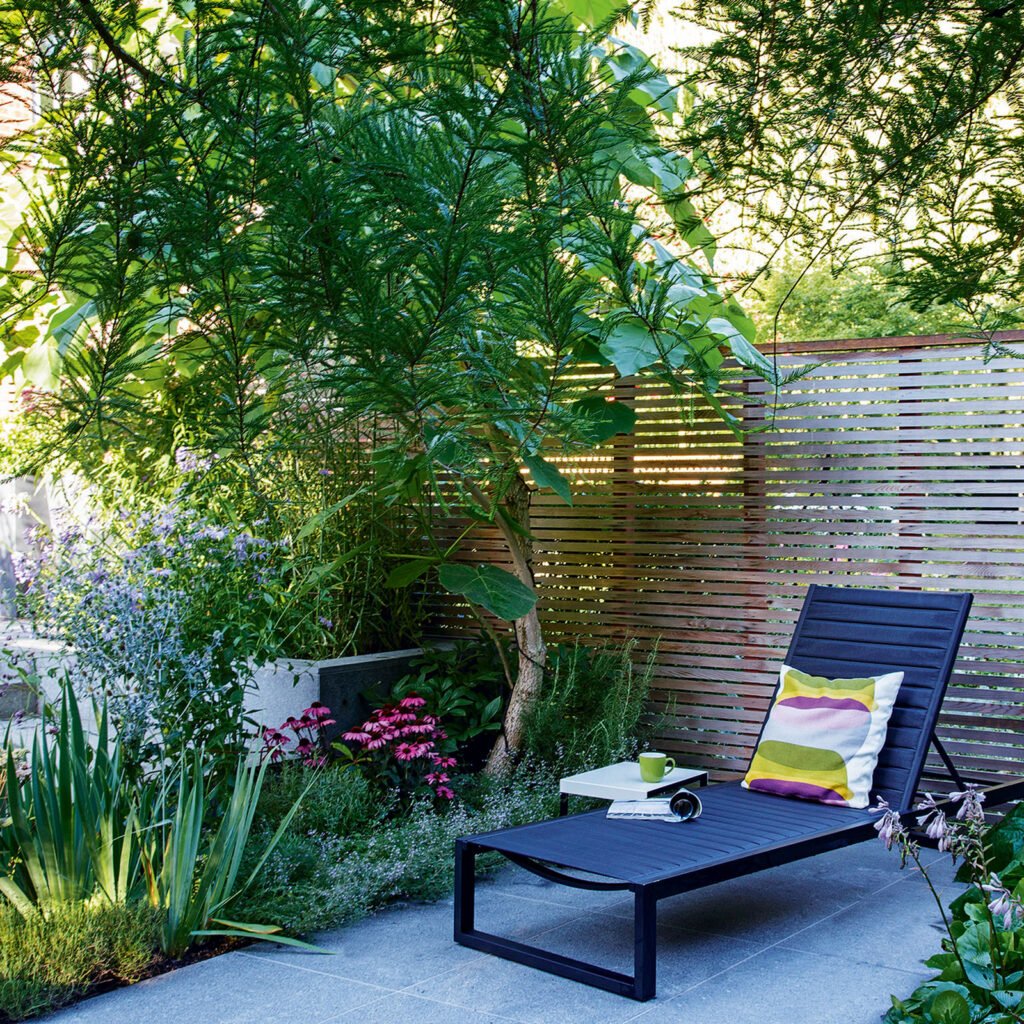
Estimated Cost: $15–$80
Impact Level: Space Maximization and Visual Interest
Why It Works:
Vertical gardening is perfect for small spaces and urban settings. By growing upwards instead of outwards, you make efficient use of available space and add a striking visual element. It’s ideal for herbs, leafy greens, succulents, and even flowering vines.
Budget-Friendly Options:
- Wooden pallets turned into plant walls
- Hanging shoe organizers used as vertical planters
- DIY trellises made from bamboo or scrap wood
- Repurposed shelves or crates
How to Get Started:
- Choose a sturdy vertical surface (fence, wall, balcony railing).
- Ensure adequate drainage and sunlight.
- Use lightweight soil and water-retaining materials to reduce maintenance.
Bonus Tip:
Install a drip irrigation system made from repurposed plastic bottles for a low-maintenance watering solution.
3. DIY Stepping Stone Pathways

Estimated Cost: $25–$100
Impact Level: Functional Access and Aesthetic Appeal
Why It Works:
Stepping stone pathways not only guide foot traffic and prevent soil compaction but also create visual flow in your garden. Paths connect different zones of your garden and offer a whimsical or elegant touch depending on the material used.
Cost-Effective Materials:
- Broken concrete slabs (urbanite)
- Homemade concrete molds (using plastic containers or baking pans)
- Flat rocks or leftover tiles
- Gravel and sand for filling
Step-by-Step:
- Plan the pathway layout with rope or garden hose.
- Clear the area and dig shallow holes for the stones.
- Level the stones and secure with sand or gravel.
- Surround with mulch or grass for a polished look.
Bonus Tip:
Add decorative mosaics to your stepping stones using leftover tiles, marbles, or pebbles to personalize your path.
4. Upgrade Lighting with Solar Fixtures

Estimated Cost: $30–$120
Impact Level: Nighttime Ambiance and Safety
Why It Works:
Garden lighting extends the usability of your space into the evening hours while adding ambiance and security. Solar-powered lights are an eco-friendly, low-maintenance solution that requires no wiring or electricity.
Affordable Solar Lighting Ideas:
- Solar stake lights along pathways
- Hanging solar lanterns from trees or hooks
- LED string lights across patios or fences
- Mason jar solar lights as table centerpieces
Installation Guide:
- Place lights in areas that receive ample sun during the day.
- Space lights evenly for balance and aesthetics.
- Choose warm-toned bulbs for a cozy atmosphere.
Bonus Tip:
Combine lighting with reflective surfaces (like mirrors or metallic planters) to amplify light without adding more fixtures.
5. Create a Focal Point with Upcycled Decor
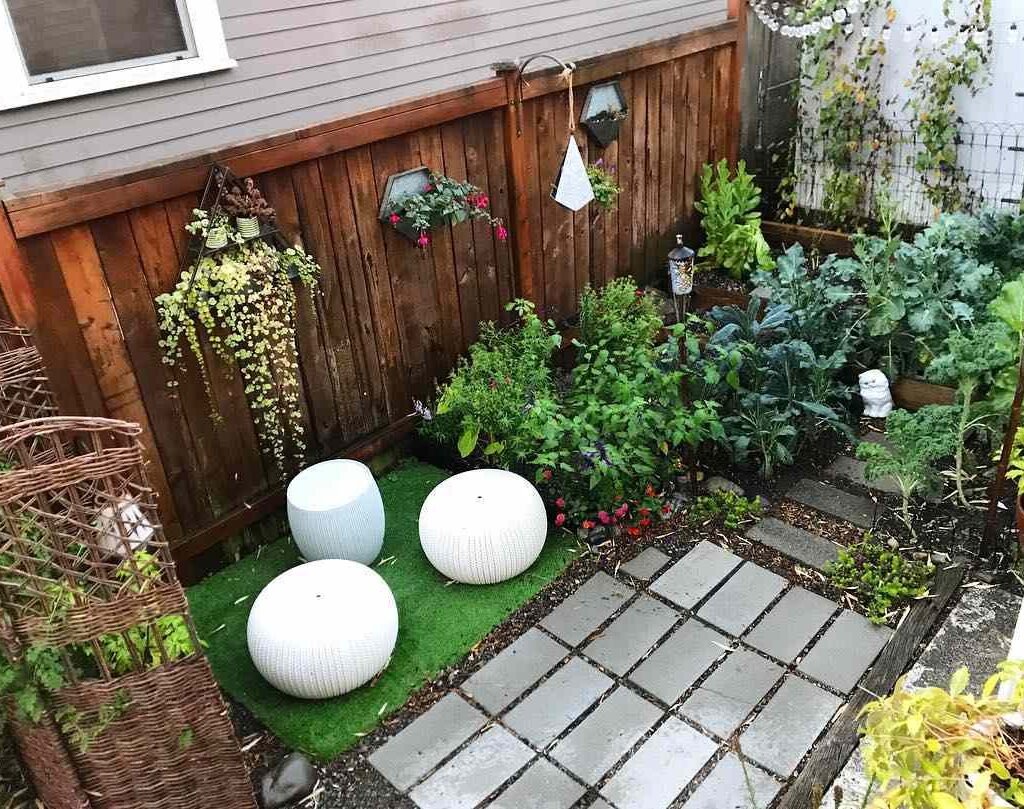
Estimated Cost: $10–$70
Impact Level: Personalization and Artistic Flair
Why It Works:
A garden focal point draws the eye and gives the space character. Upcycled garden decor lets you showcase creativity while minimizing waste and expenses. The result is a personalized outdoor area that feels curated and cohesive.
Ideas for Upcycled Focal Points:
- Painted old wheelbarrows turned into flower beds
- Vintage bicycles adorned with baskets of blooms
- Reused wooden ladders as tiered plant stands
- Broken ceramic pots arranged into fairy gardens
Tips for Impact:
- Choose a spot that’s easily visible—near the entrance, at the end of a path, or in the center of a flower bed.
- Use bright colors or contrasting textures to make your focal point pop.
- Keep it proportionate to your space—large items can overwhelm small gardens.
Bonus Tip:
Rotate focal points seasonally (e.g., pumpkins in fall, lanterns in winter) to keep your garden feeling fresh and dynamic all year.
Final Thoughts: Small Changes, Big Rewards
Transforming your garden doesn’t have to be expensive or labor-intensive. The key is to maximize impact through thoughtful, intentional upgrades that enhance beauty, function, and sustainability. By focusing on inexpensive materials, reusing what you already have, and putting in a bit of creativity, you can breathe new life into your garden without stretching your budget.
Whether it’s defining your garden with clean edges, adding vertical interest, illuminating your nights, or showcasing your personality with upcycled decor, these five low-cost upgrades offer big returns for minimal investment. More importantly, they inspire a deeper connection with your outdoor space and allow your garden to reflect your unique taste and lifestyle.
So roll up your sleeves, gather your materials, and get started—your dream garden is more achievable than you think!
